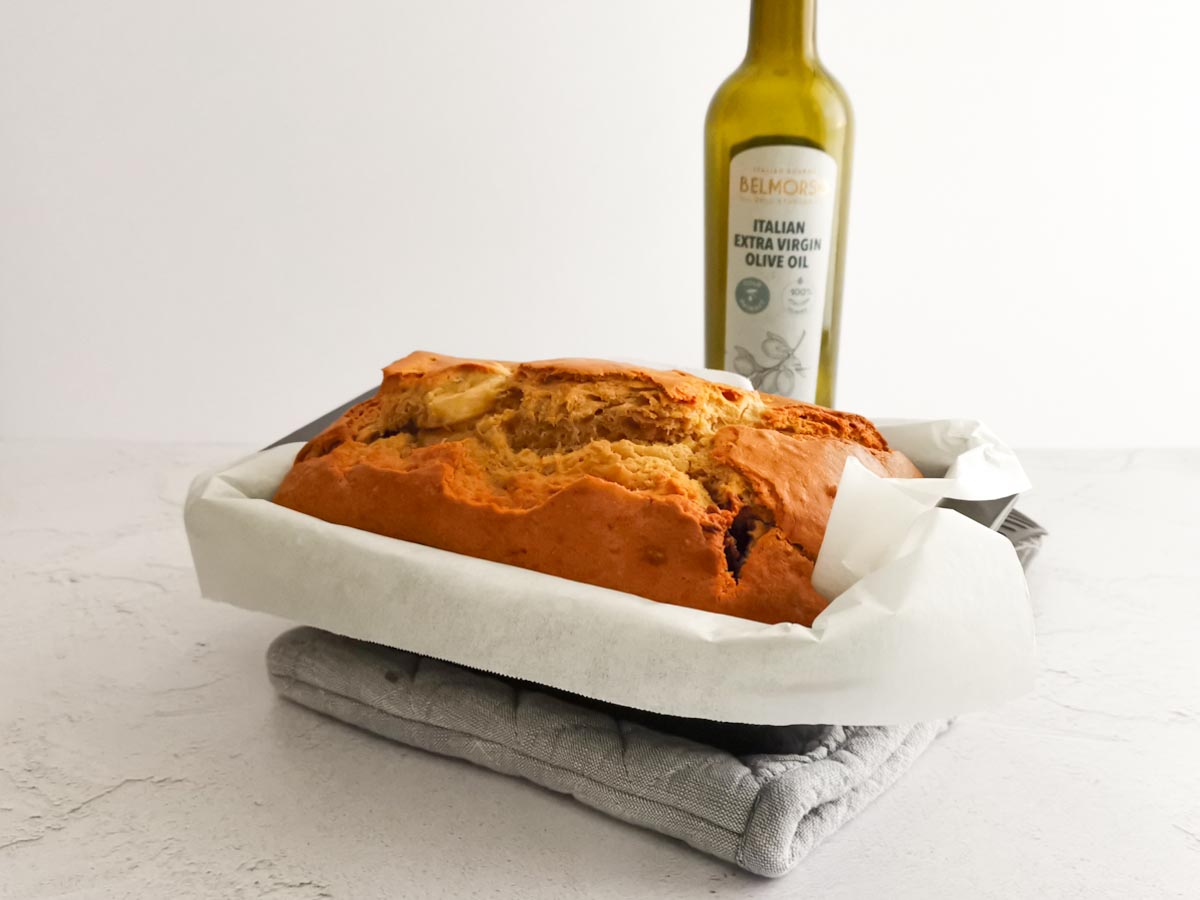
The Dinette Teller – 40. Top 10 Spices around the world
What’s in your spice cabinet?
Almost every dish can be enhanced in taste with spices. From the classic risotto (Saffron) and frittata (Nutmeg) to meat, fish or desserts, such as coconut puddings and dark chocolate tarts (Ginger, Cinnamon).
Spices enrich our recipes with intense flavours and scents. The good news is that adding spices to your meal has an irrelevant increase of the calories intake because most spices have so few calories per single meal serving, that they are almost insignificant in how they impact your fat loss.

Top 10 Spices:
Some spices that can transform any dish into something special:
-
-
- Cardamom – This warm, aromatic spice is widely used in Indian cuisine. It’s also great in baked goods when used in combination with clove and cinnamon.
- Cayenne Pepper – Made from dried and ground red chilli peppers. Adds a sweet heat to soups, braises, and spice mixes.
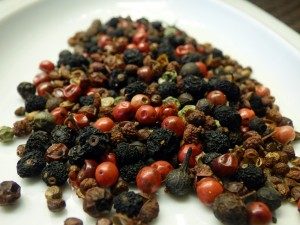
Pepper -
- Cinnamon – Found in almost every cuisine around the world. Cinnamon serves double duty as a spice in both sweet and savoury dishes.
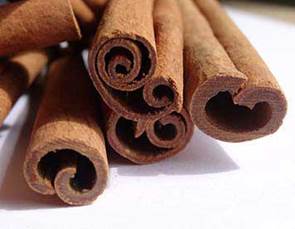
Cinnamon - Cumin – Smoky and earthy. Used in U.S. and Mexican cuisine, as well as North African, Middle Eastern, and Indian.
- Fennel Seed – Lightly sweet and liquorice flavour. It’s excellent with meat dishes, or even chewed on its own as a breath freshener and digestion aid!
- Ginger – Ground ginger is made from dehydrated fresh ginger and has a spicy, zesty bite.
-

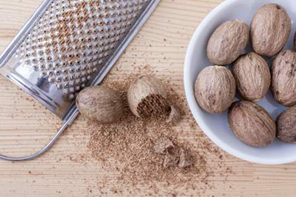
-
- Paprika – Adds a sweet note and a red colour. Used in stews and spice blends. There is also a spicy version labelled hot paprika.
- Saffron – Saffron has a subtle but distinct floral flavour and aroma, and it also gives foods a bright yellow colour.

-
- Star Anise – Whole star anise can be used to add a sweet liquorice flavour to sauces and soups.
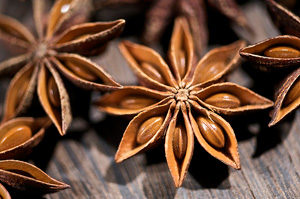
Properties
- Antimicrobial properties: this may explain why spices are more commonly used in warmer climates, which have more infectious diseases, and why the use of spices is prominent in meat, which is particularly susceptible to spoiling.
- Low in calories
- Significant portions of micronutrients to the diet: for example, a teaspoon of paprika contains about 20% of the recommended daily allowance Vitamin A.
- Minerals: including iron, magnesium, calcium, and many others, to the diet.
- Antioxidant activity: primary thanks to phenolic compounds, especially flavonoids. Cumin and fresh ginger are the highest in antioxidant activity. These antioxidants can also act as natural preservatives, preventing or slowing the spoilage of food, leading to a higher nutritional content in stored food.
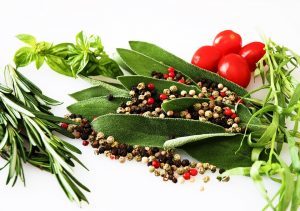
How to Use and Preserve
Every dish matches perfectly with a particular spice, even though this can vary depending on the personal taste of the cook. However, there is a uniquely important general rule to follow: Use spices with moderation. In fact, the aroma and the strong flavour could cover or adulterate the taste of the main ingredient.
Some spices can easily lose their aromatic power and become unpleasant in taste. For this reason, it is very important to preserve them in the right way.
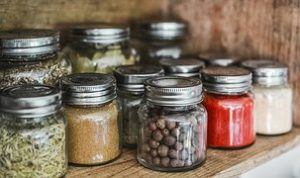
Wooden, glass and pottery jars work well if provided with flip-top. It is important to keep spices far from a warm and damp weather, as well as too hot or too cold climates. When carefully preserved, they can last for more than one month when intact, and more than six if grounded.
It would be ideal to grind them only before using them, with a mortar or a rolling pin. Some of the seeds can be grated with specific graters. To enhance the flavour, it is suggested to toast them in a pan, or to sautèe the seeds in a little oil, to intensify the aroma.
A little bit of history…
Most of the spices came from India. Cinnamon and black pepper have been used in South Asia and the Middle East since 2000 BC together with a large number of other herbs in East Asia. The Egyptians used herbs for mummification and their demand for exotic spices and herbs helped stimulate world trade. It is possible to find in very ancient documents and archaeological findings some spices traces, such as anise, saffron, cardamom, cumin, and dill.





